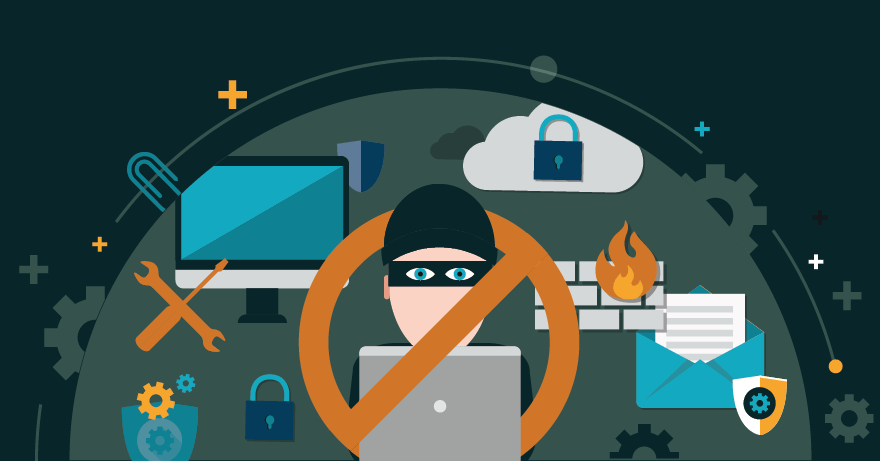Five Windows 10 security tips to know
Even with the operating system's built-in security features, there is a time and place for IT to take a look at third-party Windows 10 security tools.
Microsoft does a solid job providing defenses for Windows 10. Third-party tools aren't meant to replace those security measures, but rather are meant to add extra support to areas that are more vulnerable to attacks. The top places IT should look into third-party Windows 10 security tools are data encryption, antimalware and software patching and firewalls. Most organizations could use extra protection in these spots because one poked hole could sink the entire ship.
Microsoft provides encryption in Windows 10 with BitLocker, but if IT wants to add more to ensure full-disk encryption, VeraCrypt protects against brute-force attacks.
VirusTotal is antimalware software that can supplement Windows Defender, the built-in antimalware in Windows 10. It provides IT with an additional malware check of files before users open them.
IT may implement GFI LanGuard to automate patch management for Windows, macOS and Linux, as well as smart network and software auditing. This helps IT stay on top of third-party applications, patches and software.
A third-party firewall, such as ZoneAlarm, is a good option for IT admins looking to gain more control over settings and additional features that Windows Firewall does not have. Third-party firewalls also have the advantage of hackers being less familiar with them, making these firewalls more difficult to crack.
